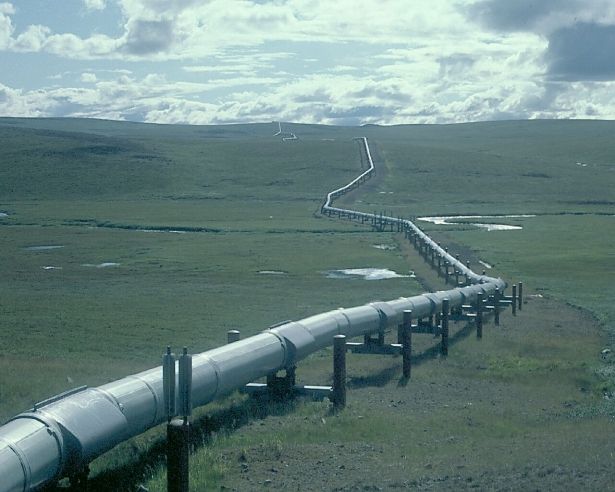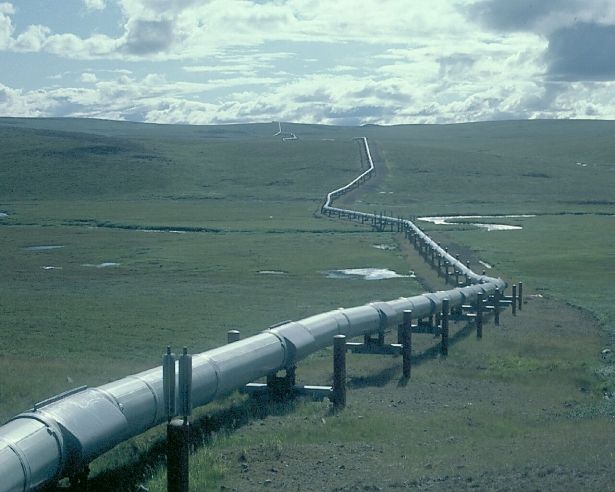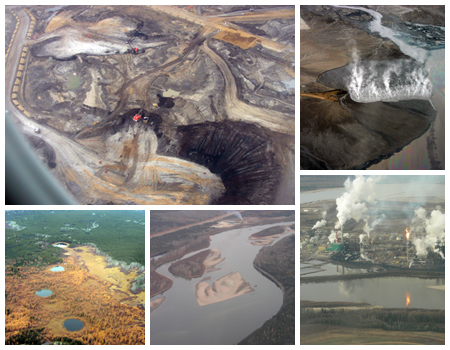EPA’s Keystone pipeline announcement expected soon, says Administrator
The Administrator for the US Environmental Protection Agency (EPA) has announced that her agency would soon comment on the environmental impacts of the proposed TransCanada Corp’s $7 billion Canada-to-Texas Keystone XL oil sands pipeline.


The Administrator for the US Environmental Protection Agency (EPA) has announced that her agency would soon comment on the environmental impacts of the proposed TransCanada Corp’s $7 billion Canada-to-Texas Keystone XL oil sands pipeline.
“We have comments we are just about completing on the current environmental impact statement,” said EPA Administrator, Lisa Jackson. Jackson was talking to a group of youth environment leaders at Howard University, Washington D.C.
Jackson added that the EPA has listed a number of concerns related to the project including additional greenhouse gas emitted from producing the oil sands, potential leaks along the pipeline, and the effect of oil refineries on Gulf Coast communities. “This isn't a little tiny pipeline, this is a pipeline that cuts our country literally in half,” Jackson added. Despite these claims, supporters of the project point to the fact that the pipeline has the potential to generate thousands of jobs and enhance the relationship between the US and Canada even further.
The TransCanada Corp’s pipeline will have the capacity to take 700,000 barrels per day through six US states from its origin in Alberta, Canada to its final destination in Texas at the oil refineries of Houston and Port Arthur. 
For the pipeline project to move forward it has to be authorised by the US State Department, which has the power to contest the plans as the pipeline crosses the national border. A final verdict from the State Department was expected at the end of this year. However, a US official told Reuters earlier this week that the decision could be put back until the New Year, after lawmakers requested more time to investigate alleged conflicts of interest in regards to the project. The ruling of the State Department though is still not straight forward, as the EPA or any other relative agency can then contest the review and take it to the White House's Council on Environmental Quality. So far the EPA has discarded previous assessments from the State Department but did provide input to the latest review published in August.
Environmentalists however, have raised their concerns as to whether the EPA has the political muscle to make a stand against the project, after the agency bowed down to pressure from Republicans in the House of Representatives and polluters to delay the ruling of a clean air legislation. A decision was made in September to delay the Ozone National Ambient Air Quality Standard, the so-called smog rule, until 2013.
Image 01: Matt Murray | Lipman Times
Image 02: Jungbim | Wikimedia Commons


